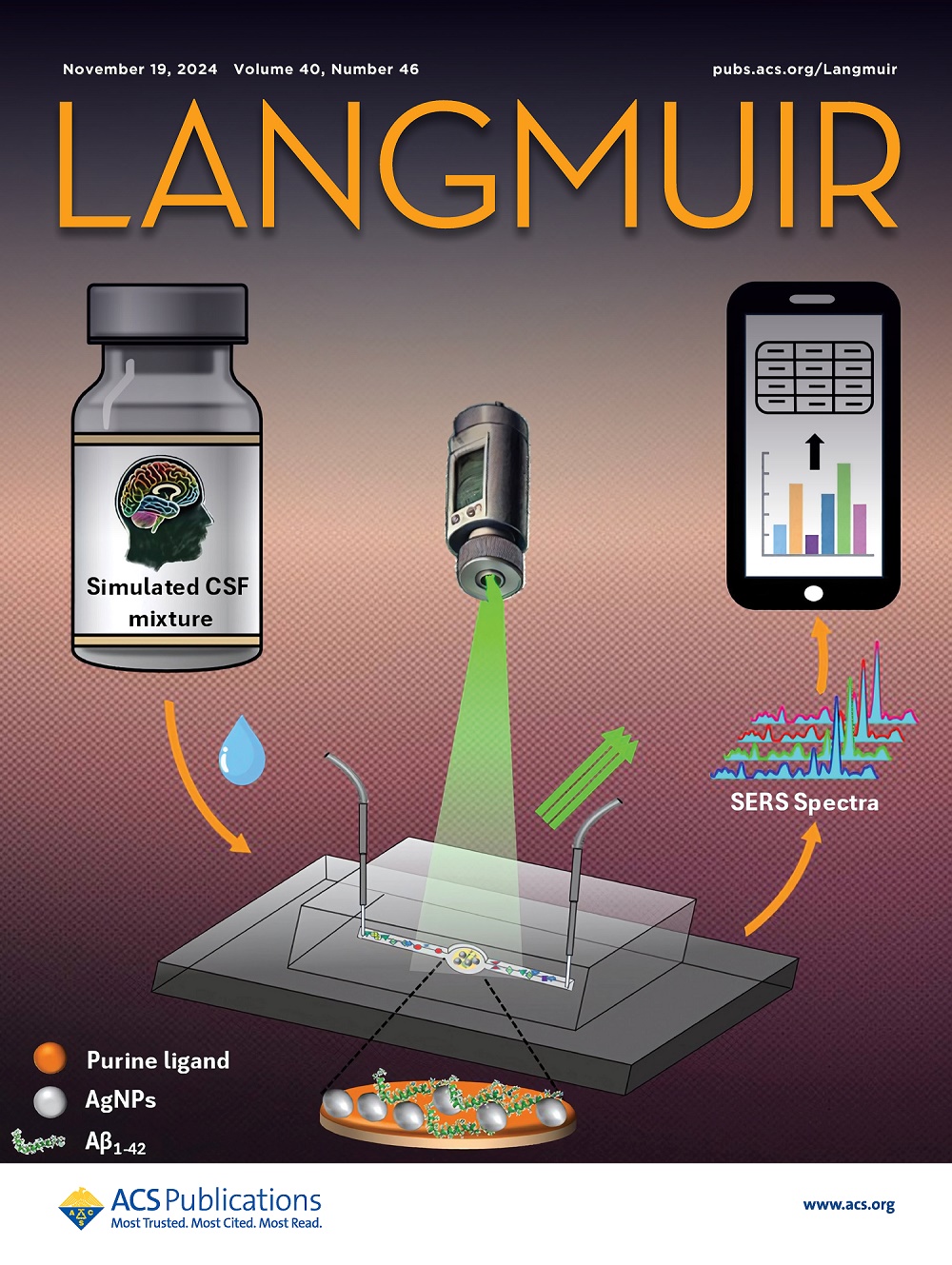用于血液接触应用的透明Janus纳米纤维
IF 3.9
2区 化学
Q2 CHEMISTRY, MULTIDISCIPLINARY
引用次数: 0
摘要
当肾脏不能再有效地过滤血液中的废物化合物时,就会发生肾衰竭,导致尿毒症毒素的全身积累,破坏止血。众所周知,血液-物质界面的非特异性蛋白质吸附可以指导随后的宿主反应。因此,为了开发可能成为传统透析膜替代品的血液接触材料,我们探索了尿毒症毒素对血浆蛋白吸附到Janus膜的影响。一个注入26种主要尿毒症毒素的人体血浆系统被设计用来复制肾衰竭患者体内的浓度。该系统允许在聚己内酯(PCL)/乙烯基醇(EVOH)纳米纤维存在的情况下,分析正常和毒素处理的血浆中吸附的人血浆蛋白和凝块形成。研究结果表明,尿毒症毒素显著增加了PCL/EVOH纳米纤维网对蛋白质的吸附,而不会导致血块形成增加,这表明尽管蛋白质吸附量较高,但缺乏酶激活。此外,该研究表明,未经修饰的PCL/EVOH表面有可能引发强烈的体液免疫反应,强调有必要了解这些相互作用,以制定针对肾衰竭患者的个性化治疗策略。本文章由计算机程序翻译,如有差异,请以英文原文为准。

Transparent Janus Nanofibers for Use in Blood-Contact Applications
Kidney failure occurs when the kidneys can no longer effectively filter waste compounds from the blood, leading to a systemic accumulation of uremic toxins that disrupt hemostasis. Non-specific protein adsorption at the blood–material interface is well-known to direct subsequent host responses. Thus, to develop blood-contacting materials that may become an alternative to traditional dialysis membranes, we explored the effect that uremic toxins have on the adsorption of plasma proteins to Janus membranes. A human plasma system infused with 26 major uremic toxins was designed to replicate the concentrations found in kidney failure patients. This system allowed for the analysis of adsorbed human plasma proteins and clot formation in normal and toxin-treated plasma in the presence of polycaprolactone (PCL)/ethylene vinyl alcohol (EVOH) nanofibers. The findings revealed that uremic toxins significantly increased protein adsorption on PCL/EVOH nanofiber meshes without causing increased clot formation, indicating a lack of enzymatic activation despite higher protein adsorption. Furthermore, the study suggested that unmodified PCL/EVOH surfaces have the potential to trigger a strong humoral immune response, emphasizing the need to understand these interactions for the development of personalized treatment strategies for patients with kidney failure.
求助全文
通过发布文献求助,成功后即可免费获取论文全文。
去求助
来源期刊

Langmuir
化学-材料科学:综合
CiteScore
6.50
自引率
10.30%
发文量
1464
审稿时长
2.1 months
期刊介绍:
Langmuir is an interdisciplinary journal publishing articles in the following subject categories:
Colloids: surfactants and self-assembly, dispersions, emulsions, foams
Interfaces: adsorption, reactions, films, forces
Biological Interfaces: biocolloids, biomolecular and biomimetic materials
Materials: nano- and mesostructured materials, polymers, gels, liquid crystals
Electrochemistry: interfacial charge transfer, charge transport, electrocatalysis, electrokinetic phenomena, bioelectrochemistry
Devices and Applications: sensors, fluidics, patterning, catalysis, photonic crystals
However, when high-impact, original work is submitted that does not fit within the above categories, decisions to accept or decline such papers will be based on one criteria: What Would Irving Do?
Langmuir ranks #2 in citations out of 136 journals in the category of Physical Chemistry with 113,157 total citations. The journal received an Impact Factor of 4.384*.
This journal is also indexed in the categories of Materials Science (ranked #1) and Multidisciplinary Chemistry (ranked #5).
 求助内容:
求助内容: 应助结果提醒方式:
应助结果提醒方式:


